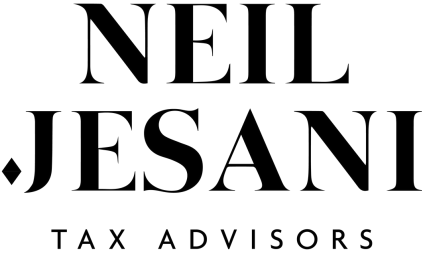Charitable giving is a powerful tool for financial planning, allowing individuals and families to reduce taxable income, address estate tax concerns, and leave a lasting philanthropic legacy. Thoughtful planning ensures that donations align with financial goals while maximizing their impact.
Starting early for the 2025 tax year provides greater flexibility, enabling donors to coordinate with financial advisors, strategically select charitable recipients, and fully utilize available tax benefits before year-end deadlines.
Tax Considerations for 2025
High-net-worth individuals should be mindful of potential tax law changes that could influence charitable giving strategies. The Tax Cuts and Jobs Act (TCJA) of 2017 introduced several provisions set to expire at the end of 2025, including:
- Estate and Gift Tax Exemption – This exemption could significantly decrease if TCJA provisions are not extended, impacting estate planning and charitable bequests.
- Charitable Contribution Limits – The deduction limit for cash donations to public charities may revert from 60% to 50% of adjusted gross income (AGI) if the provisions sunset.
With uncertainty surrounding whether these provisions will be extended or modified, it’s crucial to stay informed and develop flexible giving strategies.
Tax-Advantaged Giving Strategies
The following approaches can help individuals structure their charitable contributions to enhance their philanthropic impact while maximizing tax benefits.
1. Donating Appreciated Securities
Instead of giving cash, donating stocks, mutual funds, or other appreciated securities allows donors to:
- Claim a deduction based on the market value of the securities.
- Avoid paying capital gains taxes.
- Enable the charity to sell the securities and receive the full proceeds.
2. Gifts of Full or Partial Interest in Property
Donating real estate or other assets with long-term capital appreciation can:
- Reduce taxable income.
- Minimize capital gains tax exposure.
However, these gifts require careful planning. Consulting with a tax advisor before donating an interest in property is recommended.
3. Donor-Advised Funds (DAFs)
A DAF provides a flexible and tax-efficient way to give. Donors can:
- Contribute cash, stocks, or other assets.
- Receive an immediate tax deduction.
- Distribute funds to charities over time while the assets grow tax-free.
DAFs allow individuals to separate the timing of contributions from the timing of distributions, making them ideal for long-term philanthropic planning.
4. Qualified Charitable Distributions (QCDs)
Individuals aged 70½ or older can donate directly from a traditional Individual Retirement Account (IRA) to a qualified charity, up to a certain limit, without increasing taxable income.
Benefits of QCDs:
- Satisfies Required Minimum Distributions (RMDs).
- Reduces taxable income, making it a valuable option for retirees.
5. Deferred Donations Through Charitable Remainder Trusts (CRTs)
CRTs allow donors to retain some benefit from donated assets while deferring the final transfer to the charity. This strategy enables donors to:
- Take an immediate tax deduction based on the present value of the donation.
- Reduce capital gains taxes.
- Create a lifetime income stream for beneficiaries.
Since CRTs involve complex legal and tax considerations, consultation with tax and estate planning professionals is essential.
Charitable Giving Pitfalls to Avoid
To maximize the effectiveness of charitable donations, donors should be mindful of common pitfalls:
1. Failing to Research Charities
Not all charitable organizations manage funds efficiently. Donors should:
- Verify a charity’s financial health and transparency.
- Ensure the charity aligns with philanthropic goals.
- Use resources like Charity Navigator or GuideStar to assess credibility.
2. Overlooking Tax Implications
Contributing assets without understanding tax consequences can lead to:
- Missed deductions.
- Unexpected tax liabilities.
Proper planning ensures donors maximize deductions while complying with IRS regulations.
3. Overcommitting Financially
While charitable giving is rewarding, donors should:
- Maintain a balanced financial plan.
- Avoid overextending commitments that jeopardize financial stability.
4. Ignoring Economic Factors
Market volatility and interest rate changes can impact:
- The value of donated assets.
- The timing and effectiveness of contributions.
Understanding economic conditions can help donors strategically time donations for maximum tax efficiency.
Final Thoughts
With tax laws potentially shifting in 2025, thoughtful charitable planning is essential. By consulting with financial advisors, selecting tax-efficient giving strategies, and avoiding common pitfalls, donors can make a meaningful impact while optimizing their financial benefits.
Starting early ensures donors maximize tax advantages and align their contributions with broader financial and estate planning goals.


